Voices & Instruments
Instruments in the Middle Age
The troubadours and minstrels used different instruments to accompany their songs. The most important were:
String
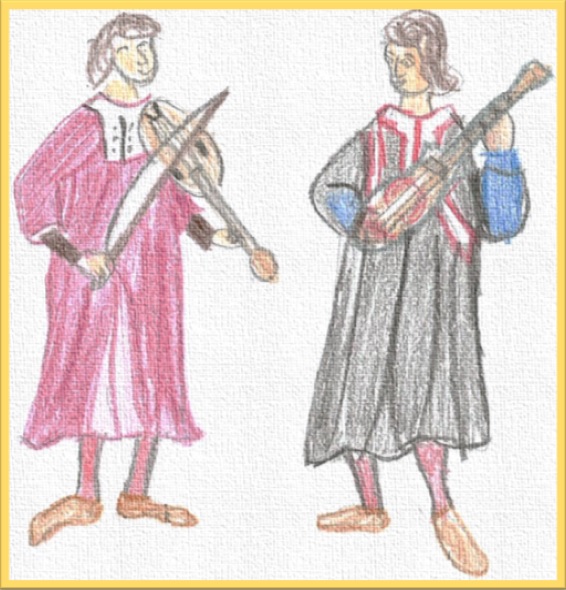 - Vielle or fidel: it was the name given to the instruments rubbed by a bow. There were different types and sizes, and people could lean them on the shoulder or on the leg. They were the predecessors of the family of violas and violins. The instruments depicted in the following illustrations are vielles or fidels. The ones on the right are plucked string instruments and we will see them right away.
- Vielle or fidel: it was the name given to the instruments rubbed by a bow. There were different types and sizes, and people could lean them on the shoulder or on the leg. They were the predecessors of the family of violas and violins. The instruments depicted in the following illustrations are vielles or fidels. The ones on the right are plucked string instruments and we will see them right away.
- Lute: it is pear-shaped and it has many strings. It is easily recognized because the peg box is bent. Lute will become one of the main instruments in the Renaissance in Europe.
- Psaltery: it was a flat box with strings struck with a pick and it was placed on the chest or the legs. It is made up of some tightened strings over a sound box. They were played with picks. They could be squared, triangular or in T-shape.
- Harp: its use comes from the old days, it will change its shape through the Middle Age.
- Hurdy-gurdy
- Organistrum
- Rebec.
Wind
- Bucina: long trumpet to announce the arrival of a prince.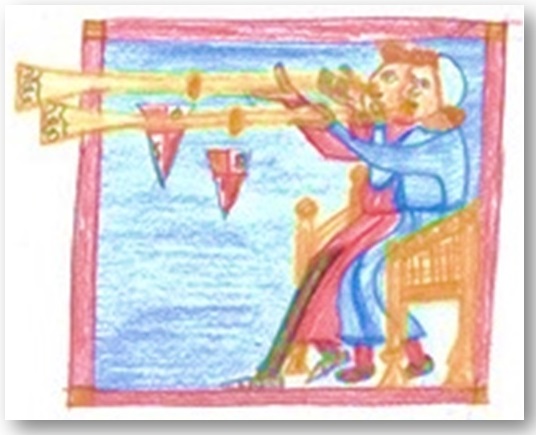
- Shawn: they had six or seven holes and the came from Arabia. They were the oboes of that time.
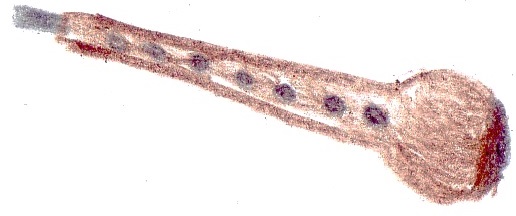 - Bagpipe or hunting horn: decorated with carved heads of people and animals.
- Bagpipe or hunting horn: decorated with carved heads of people and animals. 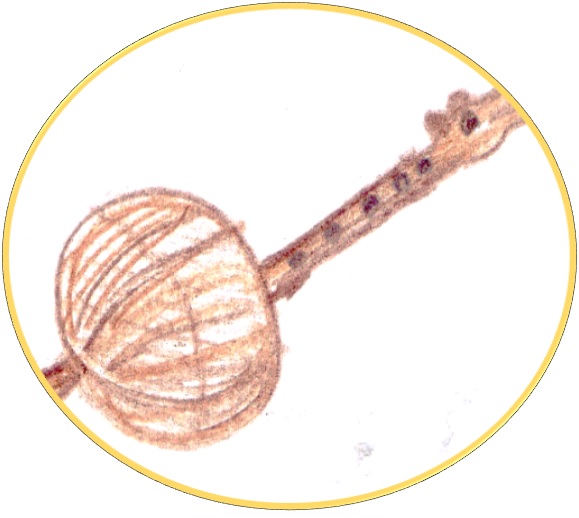
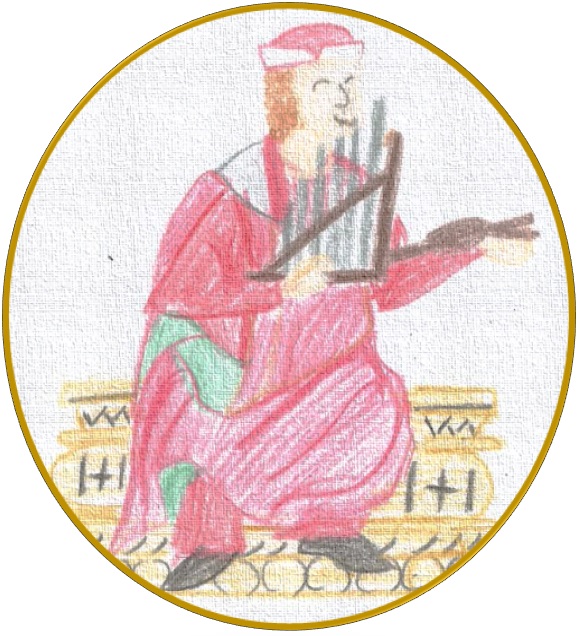 - Portative organ: it was a small organ played with both hands, one in the bellows to introduce some air and the other in the board.
- Portative organ: it was a small organ played with both hands, one in the bellows to introduce some air and the other in the board.
Percussion
- Carillon: a set of bells.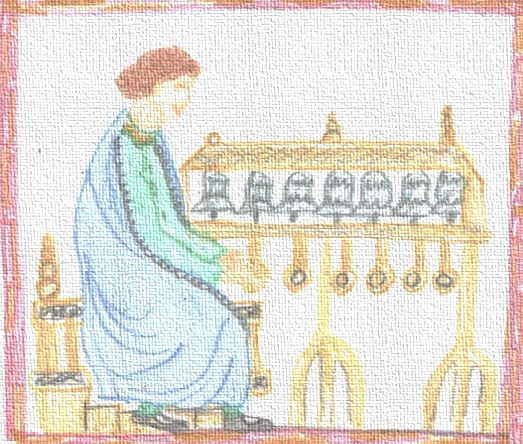
- Cymbals
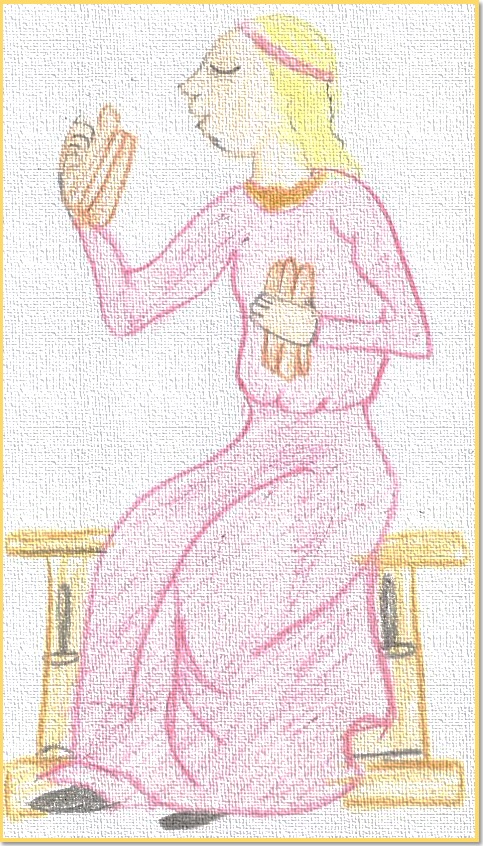 - Shard (ceramic or wood)
- Shard (ceramic or wood)
- Square tambourine (there are also circular ones)
The organistrum
What’s an organistrum? Draw it.
Renaissance instruments
In this period instrumental music began to gain more importance. At the beginning people used to write scores that could be for any instrument but they end up making them more specialized. Some of the most common instruments were already used in the Middle Age. Let’s try to remember them and learn the new ones:
String
- Lute
 - Vihuela: it is the predecessor of the Spanish guitar, but smaller. It was used to accompany songs and dance.
- Vihuela: it is the predecessor of the Spanish guitar, but smaller. It was used to accompany songs and dance.
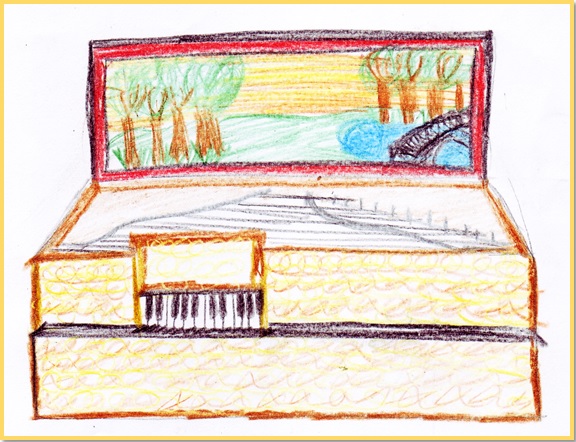 - Virginal: keyboard instrument that used to be placed on a table and it was easy to transport. It was played by noble ladies and they had beautiful paintings to decorate them. The spinet was similar but with triangular shape.
- Virginal: keyboard instrument that used to be placed on a table and it was easy to transport. It was played by noble ladies and they had beautiful paintings to decorate them. The spinet was similar but with triangular shape.
- Psaltery
- Viola family: the most important ones are viola da gamba and viola da braccio. The first used to be placed between the legs and the second on the arm or the leg. They are the predecessors of the violin family.
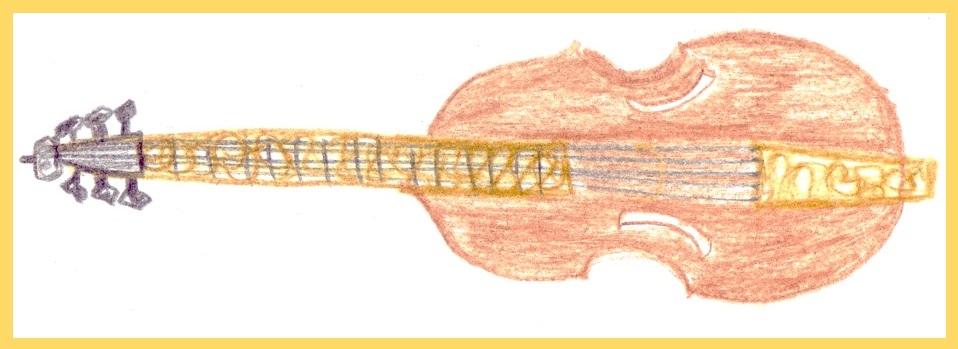
Wind
- Recorder family: made of wood and in different sizes (from high-pitched to low).

- Shawn and hunting horn
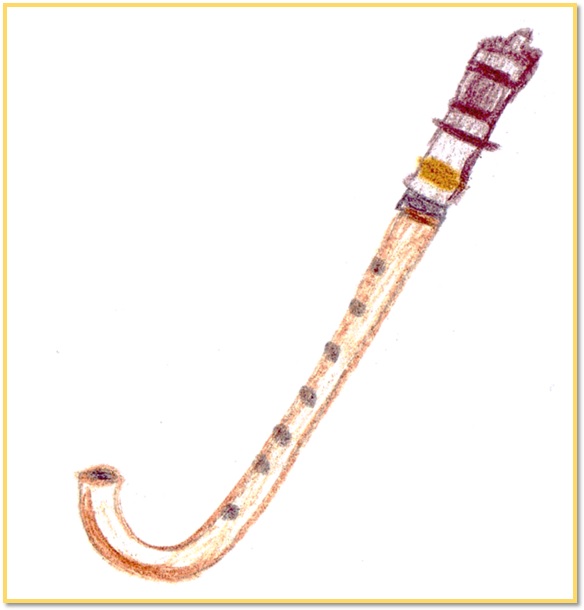 - Crumhorn: like a flute with a curved ending.
- Crumhorn: like a flute with a curved ending.
- Sackbuts (current trombone) and trumpets. 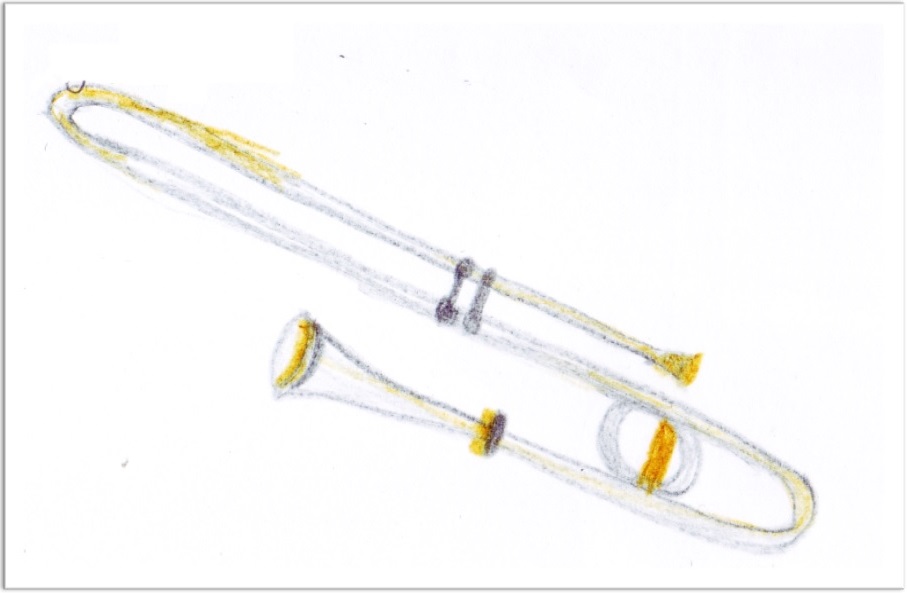
Percussion
-Kettledrum
- Drum
- Cymbals
Baroque period instruments
Many of the instruments in the Renaissance were still used in the Baroque period like the viola da gamba, lute, harp, vihuela, organ, virginal and kettledrums, among others.
But there appeared new ones that will be very important from that moment.
- Violin family: violin, viola, cello and double bass.
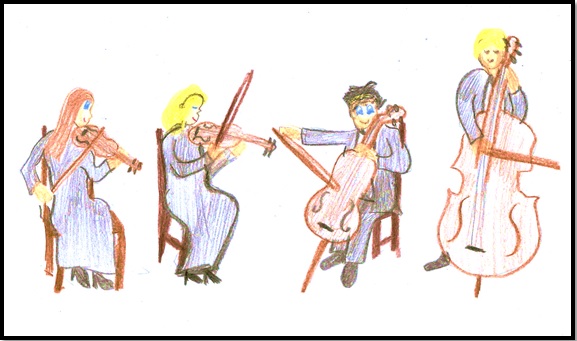
- Wind instruments like the flute, oboe, bassoon, trumpet, French horn, trombone
- Keyboard instruments like the spinet or the harpsichord.
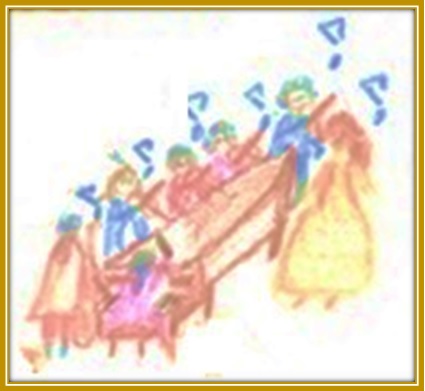 With these instruments the first orchestras appeared. They always had a spinet that was used as accompaniment and from which all the songs were directed because the figure of the orchestra conductor hadn’t appeared yet.
With these instruments the first orchestras appeared. They always had a spinet that was used as accompaniment and from which all the songs were directed because the figure of the orchestra conductor hadn’t appeared yet.
True-False Question
What have we learnt about the instruments?
Feedback
True
It’s the predecessor of the Spanish guitar.
Feedback
False
In the Renaissance there only was the viola family. It’s in the Baroque period when the violin family appeared.
Feedback
True
They are typical instruments in the Middle Age and they come from Arabia.
Feedback
False
The bucina was used in monasteries to announce the arrival of a prince, never in religious places.
Feedback
False
The viola da gamba used to be placed between the legs, the braccio one on the chest or over the arm like the present violins.
Feedback
True
It had a family that went from high-pitched to low depending on its size.
Feedback
False
It’s a crumhorn, a wind instrument in the Renaissance.
Feedback
True
Then they started to place themselves standing and facing the audiences and later facing the orchestra.
Feedback
False
It’s a hurdy-gurdy, a Middle Age instrument that used to be played over the legs.
Feedback
True
These instruments started to be used in the Renaissance.
Licensed under the Creative Commons Attribution Non-commercial Share Alike License 4.0